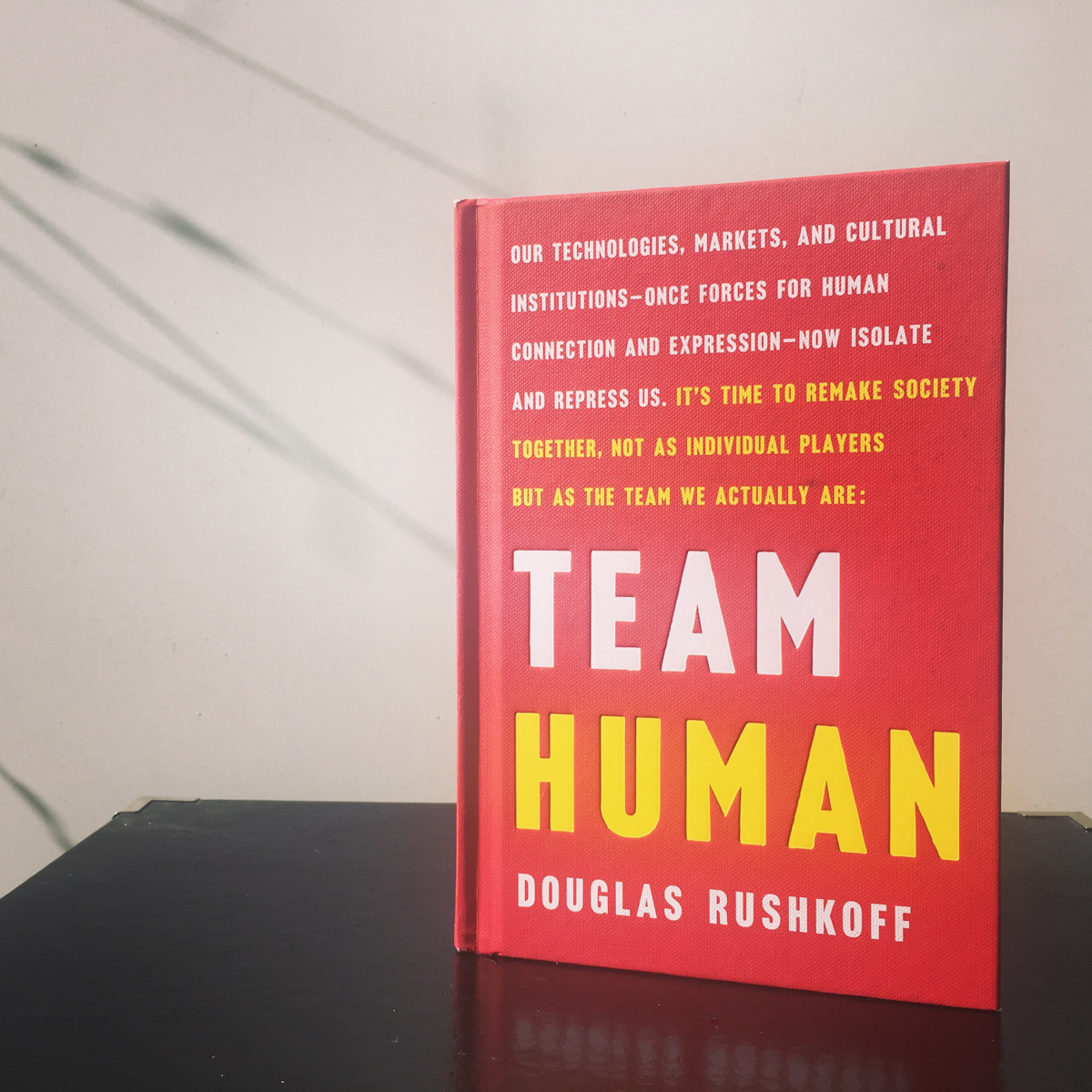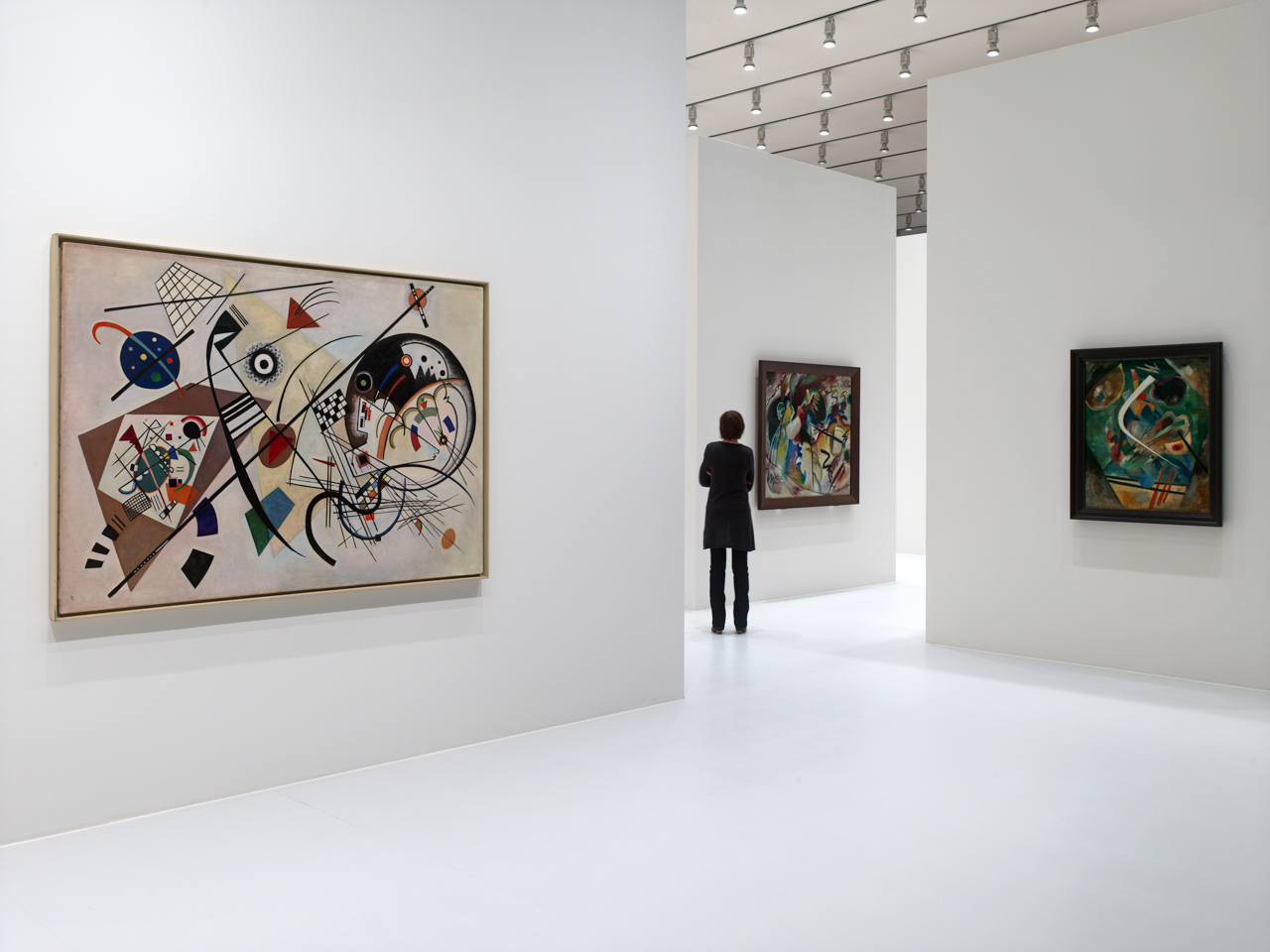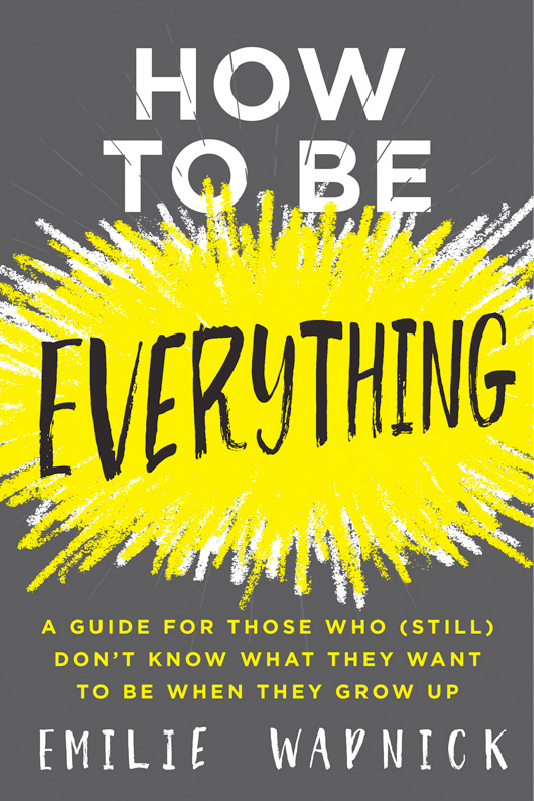In Team Human, Douglas Rushkoff unleashes a manifesto equal parts fiery criticism and humanist faith to remake society before our systems remake—or break—us.
Travelling the Limitless Mind: An Interview with Katrin Koenning
German photographer Katrin Koenning (b. 1978) migrated to Australia when she was 25 years old. This act of relocating came to have a great influence on her work: while in her first long-term series, Near, she documented the metaphorical and physical closeness of her family relationships, in her most recent project, Indefinitely, she meditates on and mourns for their vast geographical separation. Koenning says the work is about love and an attempt at navigating distance, and through her imagery, she visually deconstructs the emotions behind absence and longing, insisting that the space in between is not a void, but rather, a new destination.
Tell us about this feeling of being ‘in between’ places, which is key to your work. What does that mean to you, and what does it feel like?
It’s a state of being in multiple worlds, or spaces or places, and loving them all equally, as well. But then, being in these multiple worlds also creates another space. In my case when I go to Germany, I think of Australia, and vice versa. I feel like these places know me, and I know them. And because of that multiplicity, of loving and being attached to all these different worlds, spaces and places, I feel like I’m in all of them. Or am I in none of them? I don’t know if there’s an answer to that, but my work is more about looking at the question, anyway. Exploring that feeling.
You moved for love, didn’t you?
I did! I’m not with that partner anymore, but I totally did. My dad and aunt migrated to Australia in the late ‘90s, so I had already gone back and forth a bit over the years, had the language skill and some family around. It’s not like I set out to move to Australia but I met a man and it just happened. I’d also lost a pregnancy that year and needed to change my life. The move was a privilege, and I think that idea is really important to the work: I’m speaking from the privileged position of someone who made a choice to come here. It wasn’t a forced loss of home or place.
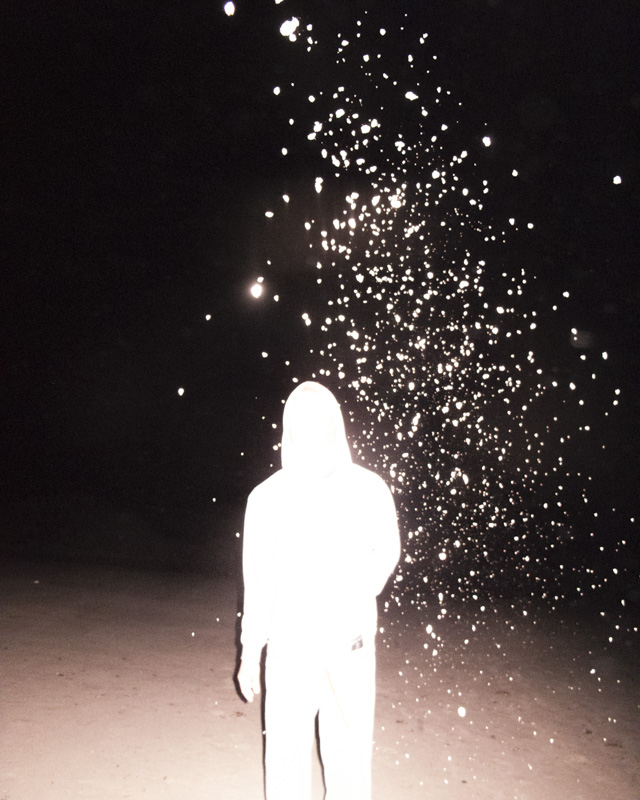
The driving force behind your series Indefinitely is the agony you experience from the huge distance between you and your home world. Did you approach it more as a means of expression or exploration?
Probably both but, in general, the way that I work is very much an exploration. Of course, it’s about communication but I don’t make work that is declarative. It’s not my aim to make statements about the idea of distance, but rather to question it. Much of my work is personal and comes from a point of feeling. To me, practice is a means of sense-making, and of being-in-the-world. So yes, pain is in these pictures.
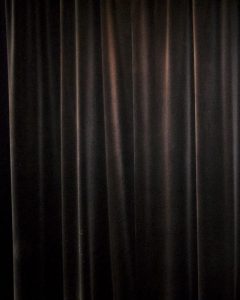
When I thought about how to translate that idea into visual language, I had to start by asking: how is that even possible? How do you depict distance? It’s a real thing, we all know what it feels like, but it’s a different kind of reality to a chair in a room. A more bodyless reality maybe.
I was interested in exploring what that ‘in between’ is to me. I’m not assuming what it would look like for anyone else. It’s my interpretation, and that’s always growing, as well.
How did you find your approach to that visual language?
I was thinking about how crazy it is that in between my mum and I right now, there are all these oceans, and whales, and languages and people – there’s so much stuff between us! And this thought opened up a vessel of opportunity, to think not of the space between us as a limited thing, but as the world. We have the whole world.
Obviously because it was about a state of mind, I knew that it was something that was going to have me throwing myself against the limits of representation. Translating emotionality and personal experiences into a picture is always going to be hard. I knew it needed another language to Near, which shows specific situations and is more descriptive. Instead it needed to be much more suggestive, to reach at the idea of feeling.
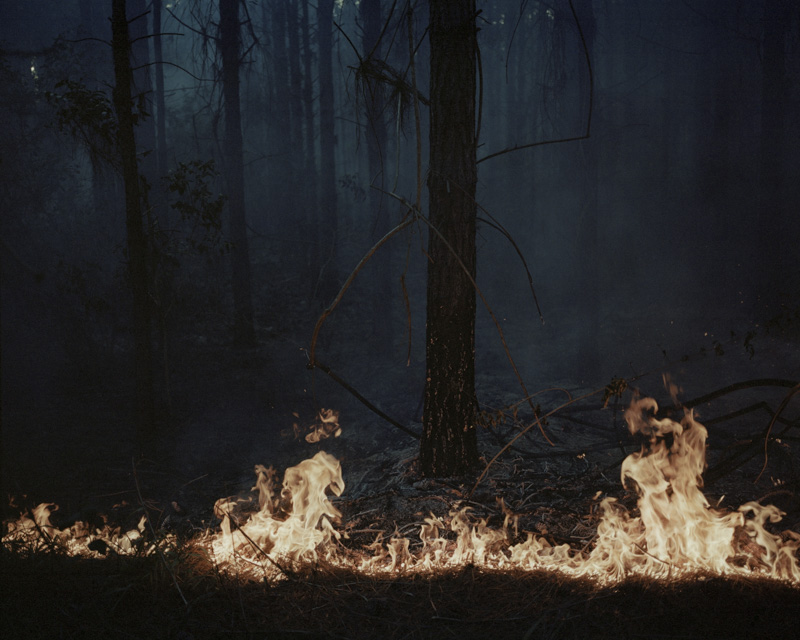
How do you think about the idea of being – mentally, emotionally, psychically – in multiple places at once?
This is different from the ‘in between’ state, but it’s not too dissimilar. After I finished university, I worked at a new media exhibition in Germany for three months, which was in a huge industrial space and all the lights and windows were blacked out. It was a hot summer that year which meant that people were outside doing things and nobody was actually coming in much. There I was – alone, bored and inside a pitch black space where I couldn’t even read, for three months. I kind of went crazy, actually.
So I just took my mind elsewhere. I went to all these places I hadn’t ever seen, sometimes not even fixed places that exist. That was a really strong experience, spending a quarter of a year in my mind, dealing only with imagination. It’s what saved me, just to sit there and be gone. I realised what a powerful thing that was.
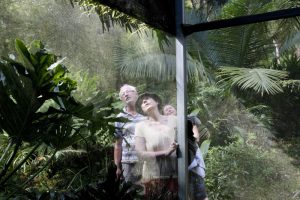
Coming back to talking about the ‘in between’: the physicality is real but inaccessible, so how do you talk about it? It can only be imagined.
The series is about distance, which is a concept of space, but the title is ‘Indefinitely’, which is a concept of time. Right away you provoke the idea that space is not the only limiting factor to be transcended, because you’re measuring distance in time.
If I think about distance in terms of migration, then I have to think of it in temporal terms, because I don’t know when I’ll move back or even if I’ll move back.
I love the word ‘indefinitely’ because it describes a state that’s both fixed and unfixed. It’s fixed because it describes a forever, but it’s also unfixed because that forever is unknown. Maybe that’s it: I don’t want to know. Maybe what I like about it is that I don’t have to think in finite terms. I think that would actually suffocate me.
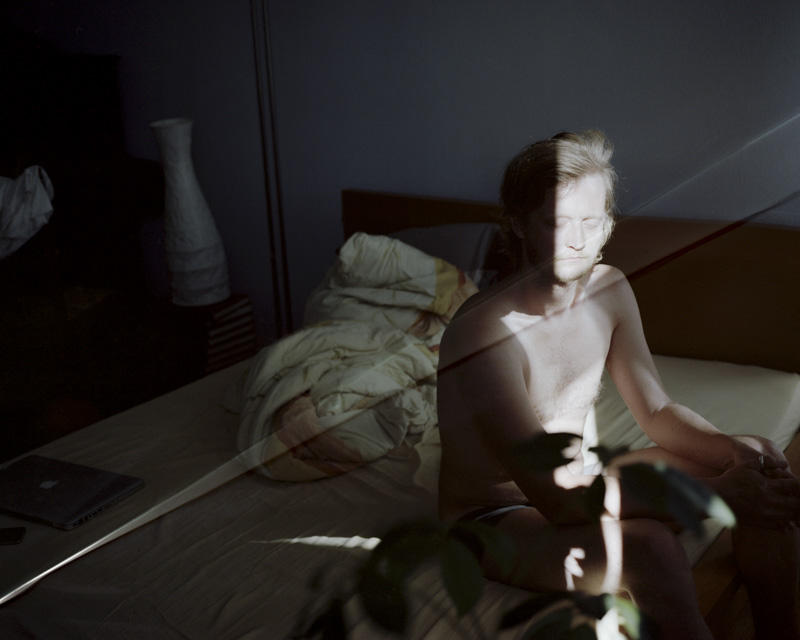
Do you feel any limit to the number of places in which you can coexist?
That’s interesting, I haven’t thought about that. Not really, I suppose. I just got back from Dhaka, and before that I was in Germany, and before that I was in Cambodia for a month… and now, Cambodia is so much on my mind. When I lie in bed and think about it, I am there. I can smell it, I can feel the heat of the street touching my face, I hear the sounds… and Dhaka is the same. I’m sitting here in Melbourne, but I could be thinking myself into Germany or Cambodia or somewhere else. You live abroad, too, what do you think? Do you think there’s a limit?
Well, some people negate monogamy by saying “love is abundant”, that the heart isn’t a container that can be filled, but I say “attention is finite”. You can interface with countless people or places, but you can’t have an infinite number of friends. You can be in one place physically, and another one emotionally or mentally… but how many before you lose the connection?

Perhaps it has something to do with the idea of love. Like you said, you can only have a certain number of really close people in your life – heart-people, soul-people. And perhaps those are the ones that you can reach at any given point. But outside of that, you just can’t. It’s not to make a boundary there, but I feel like it’s got something to do with love.
Given that you’re trying to visually communicate such an abstract idea, how do you know when you have an image that fits?
It’s bloody hard. If I had an actual formula to this, I would be the most amazing teacher on the planet! But it’s the hardest thing – every single time, again and again. It never stops being hard. That’s what I think makes photography so great, and so difficult. You think of combining one picture with another picture and the dialogue that this is going to create, but then you try it and it’s just shit. Even though you made it because you thought it was going to work. There’s no formula to that. It’s mostly in the editing, and I think that becomes intuitive at some point.
But it can often also work exactly the way you thought it would. For example, the picture of the red bird. It’s a dark picture of a painted red bird on a wall, and there are fake trees and flowers around it. I made it at the aquarium. And, of course, a bird is a signifier for all sorts of things – it can bridge spaces, it carries this idea of freedom. I saw that, and I knew that it was perfect for this work. Whether I found that picture or it found me, I don’t know.

Does it have an end? How do you know when the work is done?
It really depends on the project. For example, Lake Mountain. I’m in a love affair with that mountain. And my camera is almost an enabler. Some people talk about photography as an act of detachment, like making a photograph requires you to disconnect yourself, but I’ve never felt that. It heightens my understanding of, or my being in, something. So, I can’t ever see that work being finished – my camera is part of being there.
You can infinitely learn about a place or a person, right? Through the camera, I infinitely learn about something. And through the learning comes knowing, and through knowing comes love. There’s no limit. I don’t stop learning about that mountain, I don’t stop learning about distance, or language, or my family.
For now, at least, that’s the kind of storytelling that interests me the most; one which navigates a language that suggests that things aren’t finite, and rather more about questions than answers. When I meet with something that’s not fixed, it can invite me in.
Travelling the Limitless Mind was published in GUP#53, the Infinity issue. See more work from Katrin Koenning on her website.

